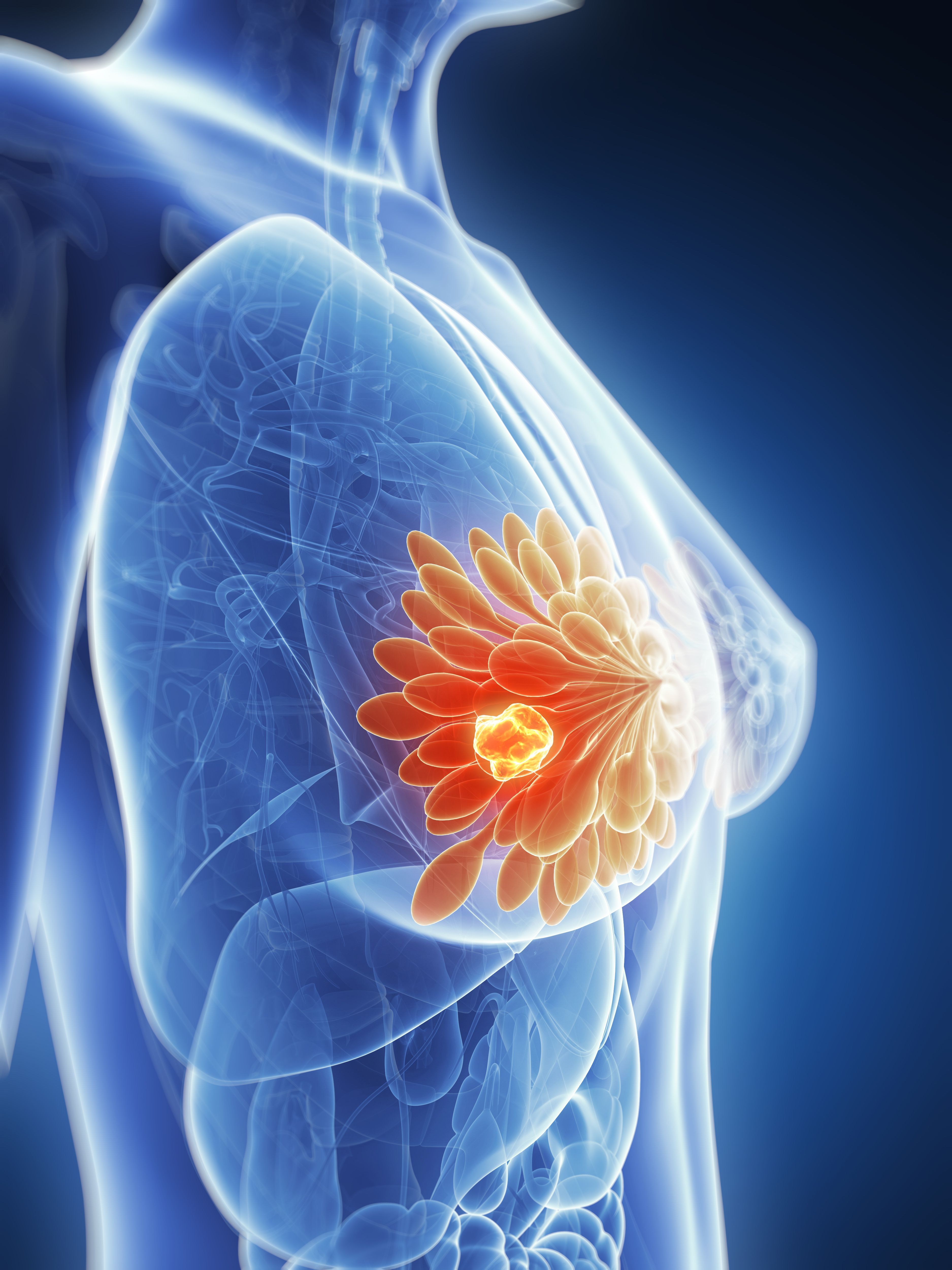FS-1502 Demonstrates Promising Antitumor Activity in HER2+ Breast Cancer
Two dose-limiting toxicities were observed, and the maximum tolerated dose was not reached in a study evaluating FS-1502 safety, tolerability, and efficacy.
Two dose-limiting toxicities were observed, and the maximum tolerated dose was not reached in a study evaluating FS-1502 safety, tolerability, and efficacy.

FS-1502, an anti-HER2 antibody drug conjugate (ADC) was well tolerated and demonstrated promising antitumor activity in patients with HER2-positive advanced breast cancer, according to a phase 1a/1b, open-label, single-arm study (NCT03944499) published in Nature Communications1.
Topline data shows that a single instance of dose-limiting toxicities (DLTs) occurred at 3.0 and 3.5 mg/kg dose levels, respectively. Additionally, the maximum tolerated dose (MTD) was not reached. However, a recommended phase 2 dose (RP2D) was found, at 2.3 mg/kg once every 3 weeks.
The best overall response rate (ORR) in phase 1b was 53.7% (95% CI, range, 41.1%-66.0%). Additionally, the confirmed ORR was 37.5% (95% CI, 25.8%-50.0%).
At the data cutoff, 34.3% of patients experienced stable disease, and the disease control rate was 88.1% (95% CI, 77.8%-94.7%). The median time to response was 2.7 months (95% CI, 1.2-not reached [NR]) and the median progression-free survival (PFS) was 15.5 months (95% CI, 4.6-NR). Of note, the median overall survival (OS) was not mature at the cutoff.
Conducted across 9 sites in China, patients enrolled in the phase 1a/1b trial (n = 150) from November 11, 2019, to December 13, 2022, were adults expressing HER2-positive advanced malignant tumors who did not respond to, could not receive, or lacked available standard therapy. Both a dose-escalation and dose-expansion phase was conducted.
Patients in the dose-escalation phase were enrolled in a 3 + 3 design, where 1 DLT of 3 patients in a dose group required the addition of 3 patients with no DLTs. If a combined group of 6 had 2 or more DLTs, dose group enrollment would be ceased, and dose escalation prevented. Prespecified dose levels included 0.1, 0.2, 0.4, 0.6, and 0.8 mg/kg at every 4 weeks and 1.0 and 1.3 mg/kg at every 4 weeks and every 3 weeks.
MTD was determined as the maximum dose with 33% or less DLT observed in patients with evaluable events. RP2D or the treatment dose was determined by antitumor activity, safety, and pharmacokinetic data if MTD could not be observed.
Primary end points in the dose escalation section were DLTs, MTD, and RP2D. Secondary end points include safety excluding DLTs, investigator-assessed ORR, PFS, and OS, among other end points.
The primary end point of dose expansion was IRC-assessed ORR. Secondary end points included safety, PFS, OS, 1-year OS rate, and DOR, among other end points.
Dose levels of 1.0 mg/kg every 4 weeks were associated with tumor objective response, with objective response reported as best response in 48.4% of patients across dose levels. Of patients treated at the RP2D of 2.3 mg/kg, 2 had complete responses and 34 had partial responses. Stable disease was experienced by 23 patients as of the data cutoff, resulting in a disease control rate of 88.1% (95% CI, 77.8%-94.7%).
Within the 1a expansion phase (n = 85), 1 patient experienced a grade 2 decrease in creatinine clearance at 3.0 mg/kg (n = 9), and another experienced grade 3 thrombocytopenia with subcutaneous hemorrhage at 3.5 mg/kg (n = 1). When compared with 3.0 mg/kg every 3 weeks, the 2.3 mg/kg every 3-week dose regimen appeared to have a better benefit-risk performance and a lower incidence of adverse effects (AEs).
Treatment-emergent adverse effects (TEAEs) were observed in 97.3% (n = 147/150) of patients. The most common were increased aspartate aminotransferase (66.7%), hypokalemia (51.3%), and increased alanine amino transferase (44.0%).
Treatment-related AEs of grade 3 or higher were observed in 34.0% of patients, most common of which were hypokalemia (15.3%) and decreased platelet count (8.0%). Drug-related serious AEs were reported in 9.3% of patients, the most common of which was decreased platelet count (2.7%).
TEAEs led to treatment interruptions or reductions in 30.7% and 24.7% of patients, respectively. The most common drug reduction or interruption-related TEAEs were hypokalemia (9.3%), proteinuria (8.7%), and body weight loss (8.7%). Four (2.7%) TEAEs led to death, including hemoptysis (0.7%), bacterial pneumonia (0.7%), and pneumonitis (1.3%).
Reference
Li Q, Cheng Y, Tong Z, et al. HER2-targeting antibody drug conjugate FS-1502 in HER2-expressing metastatic breast cancer: a phase 1a/1b trial. Nat Commun. 2024;15:5158 doi: 10.1038/s41467-024-48798-w